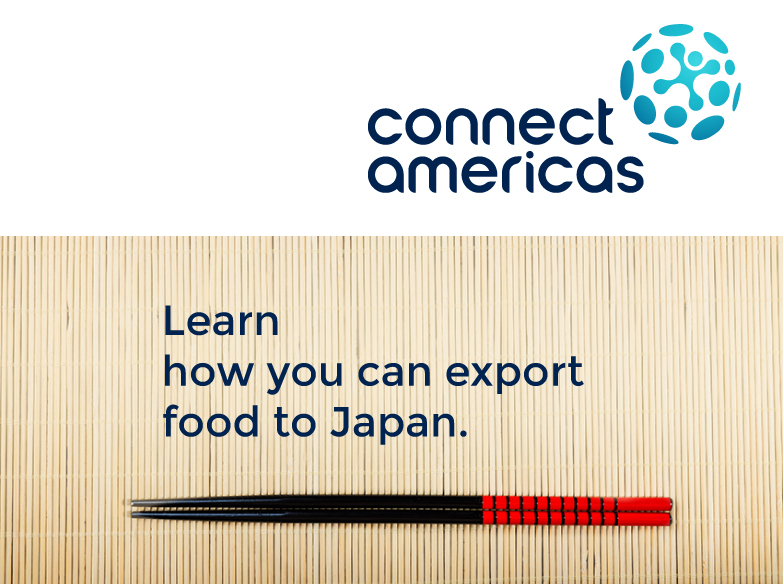Every country has the right to establish certain barriers to the entry of foreign food products, whether to prevent illness (sanitary requirement) or the entry of pests (phytosanitary requirements).
In the case of Japan, there are eight requirements that must be met, which refer to the producer’s establishment, the quality of the raw materials and the additives included in the product, among others. The party that is primarily responsible for complying with these obligations is the importer: if the importer cannot prove that the product meets regulations, it will not be allowed to enter the merchandise into the country.
First requirement: Hygiene and sanitary control of establishments
The importer must be able to prove that a government agency in the country of origin has monitored two issues regarding the producer’s facilities. First, that the food is manufactured and processed in accordance with the rules and regulations of the exporting country; in particular when there is a system of factory registration, and a product export authorization system or any other system regulating this matter in that country.
And, second, that the hygiene control of establishments, facilities and factory equipment is at least equal to the sanitary requirements under Japanese law. It is worth highlighting that the use of hygiene control methods based on the Hazard Analysis and Critical Control Point System (HACCP) is recommended.
Second requirement: Raw material quality control
With regard to raw materials, it is essential to verify that each lot meets quality criteria, including the specifications and standards established for each.
No raw materials should be accepted if they contain parasites, pathogenic micro-organisms, toxic substances, decomposed matter, deteriorated matter or other foreign matter, etc. Also, when the monitoring results carried out by competent authorities are available, importers should submit them, otherwise import samples are required to confirm these results in Japan.
Third requirement: Hygiene in manufacturing and processing
Food must be manufactured and processed under proper hygiene conditions, and measures to prevent contamination via toxic or harmful substances to human health must be applied. Each food processing establishment must have persons responsible for supervising food hygiene. Also, end producers must comply with Japanese law through regular tests and inspections.
Fourth requirement: Hygiene in product storage, transportation and distribution
Food must be handled hygienically during storage, transportation and distribution. Temperature controls must be carried out and food preservation standards must be observed.
Fifth requirement: JAS certification
All foreign food, non-alcoholic drinks and forestry products must have JAS Certification (Japanese Agricultural Standards – JAS) to enter Japanese territory. This certification guarantees compliance with Japanese quality and production process standards. It is required for all products, regardless if they have been certified in other countries.
To obtain this certificate, JAS standards must be met and the certifier must be accredited by the Japanese government.
Sixth requirement: Maximum limits for chemicals and contaminants
The Japanese authority provides a complete list of residue limits for chemicals that are currently allowed, which it classifies as follows: processed food, crops, animals and fish, and mineral water.
Seventh requirement: No prohibited additives
Additives are substances used in the food manufacturing process for purposes of either transforming or preserving food. This includes substances that remain in finished food products, such as artificial colors and preservatives, in addition to substances that do not remain in finished products. Currently there is a list of 345 authorized additives.
Eighth requirement: Traceability
The foundations of traceability are dispersed across several regulations. The Food Health Act establishes the obligation of holding and keeping a register for purposes of making it available to the public. The standard indicates the elements required on how food companies should keep records in addition to the number of years that they must be kept.



Follow Us